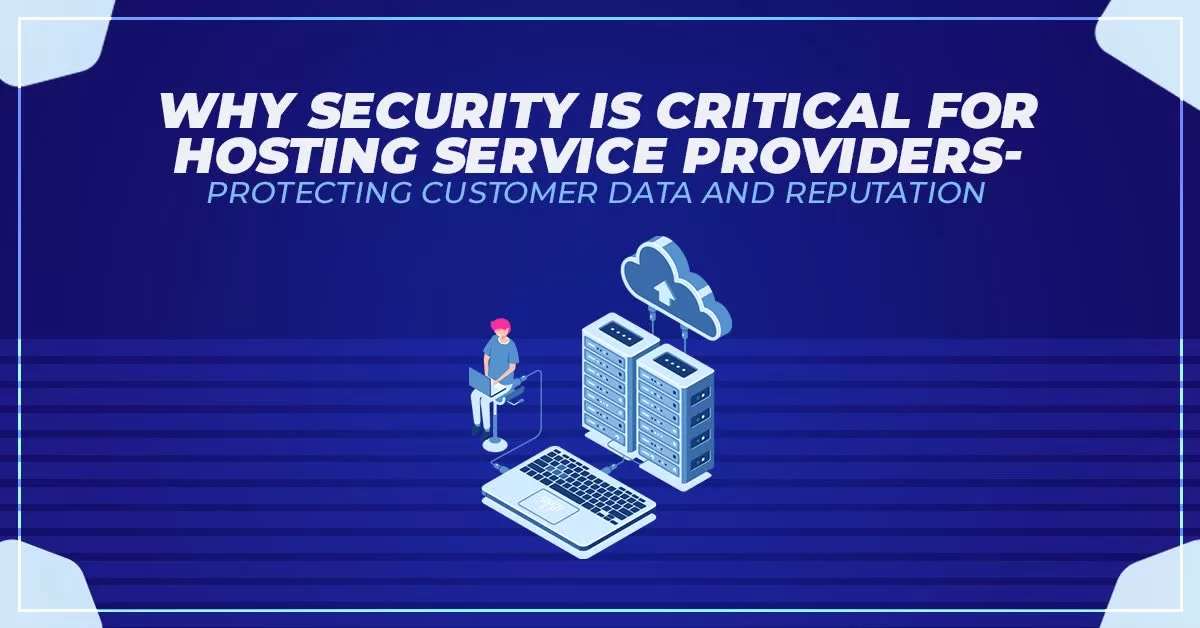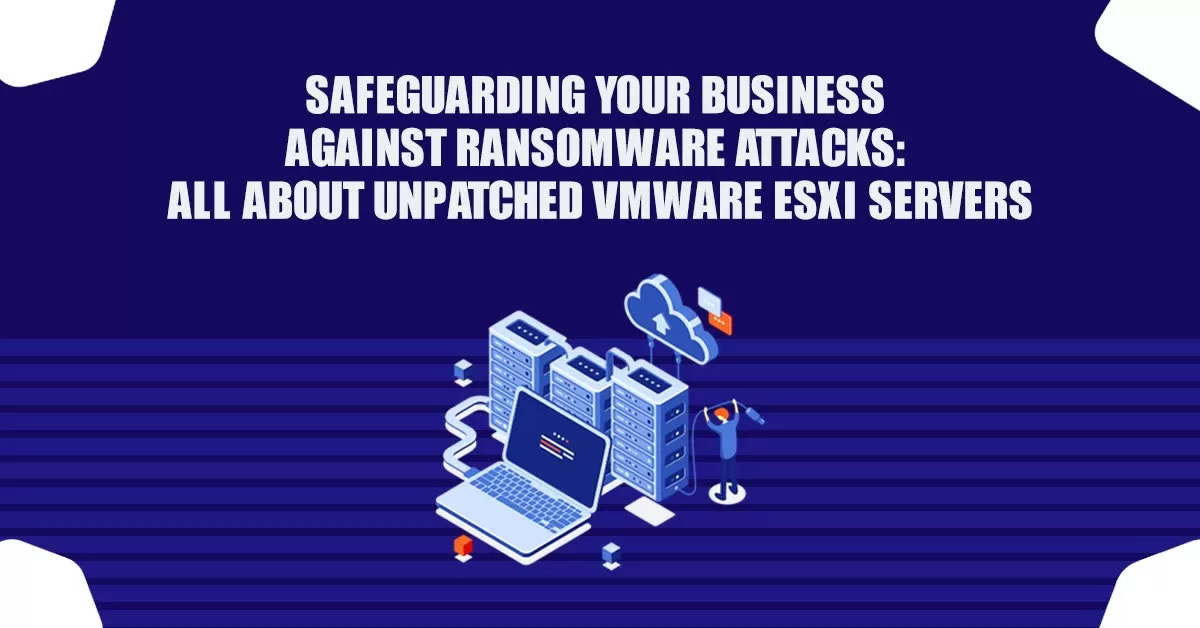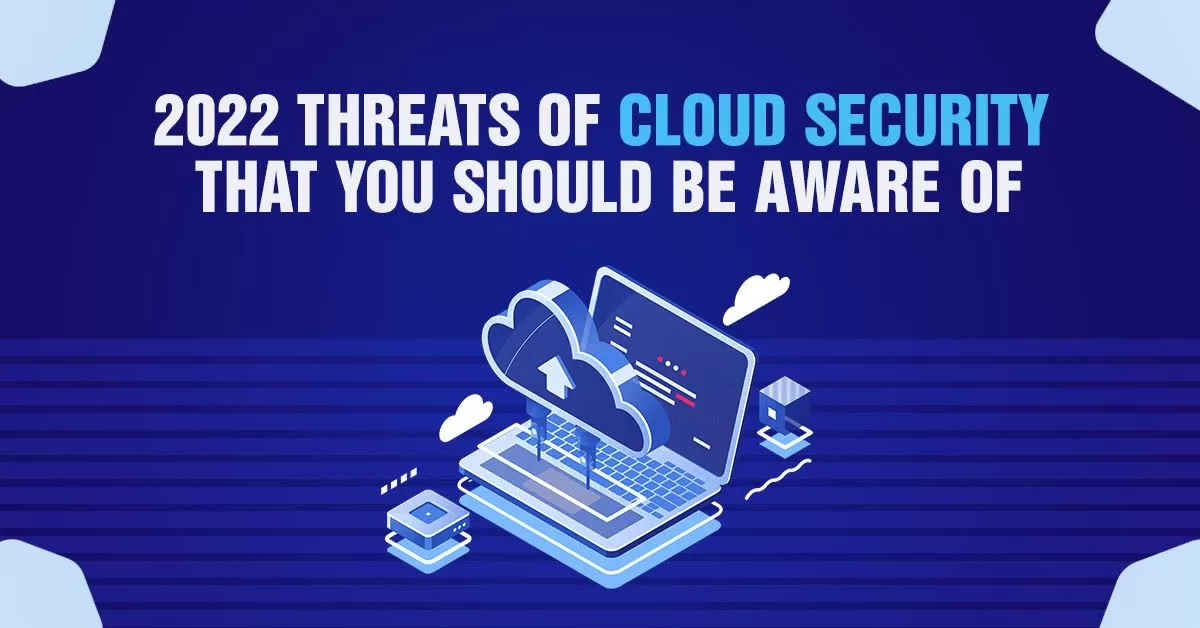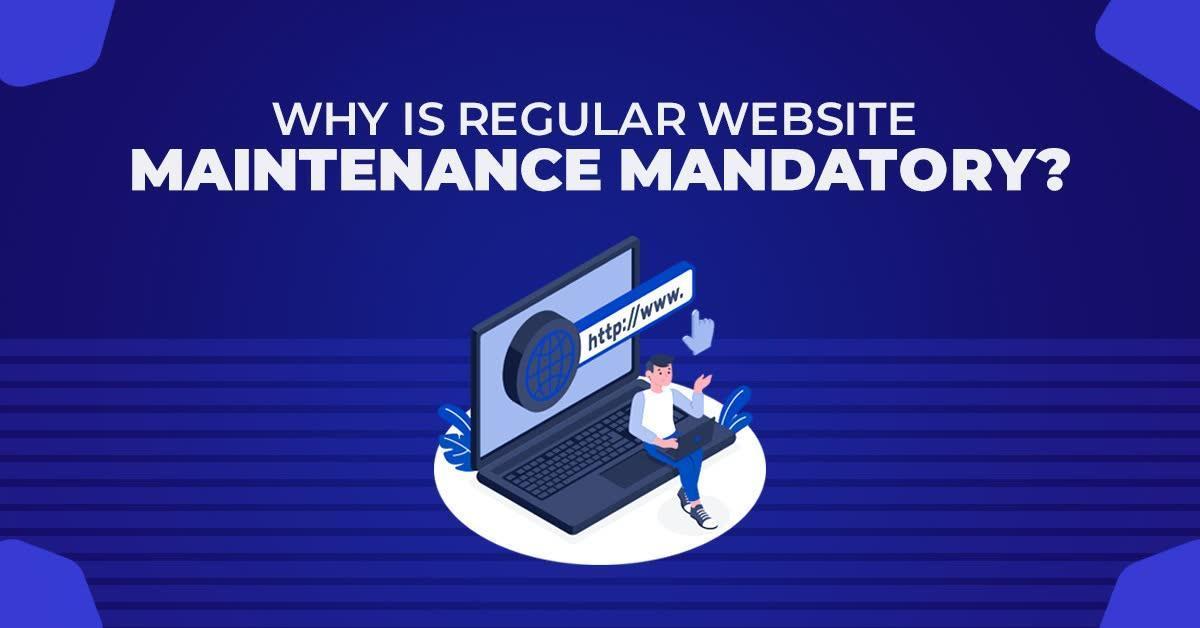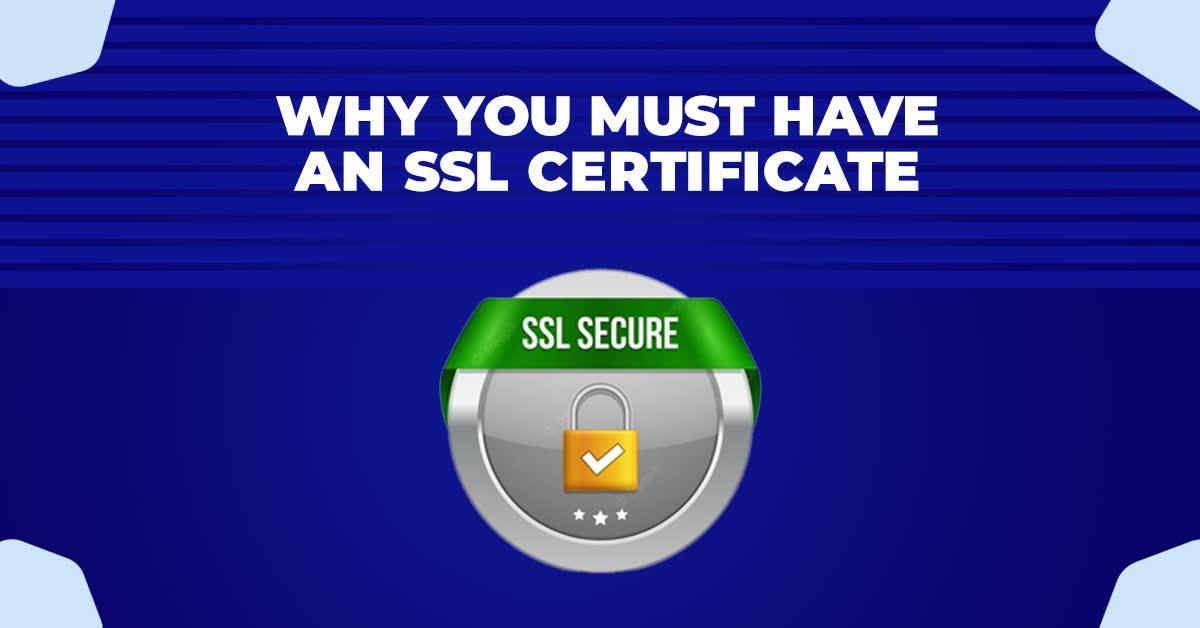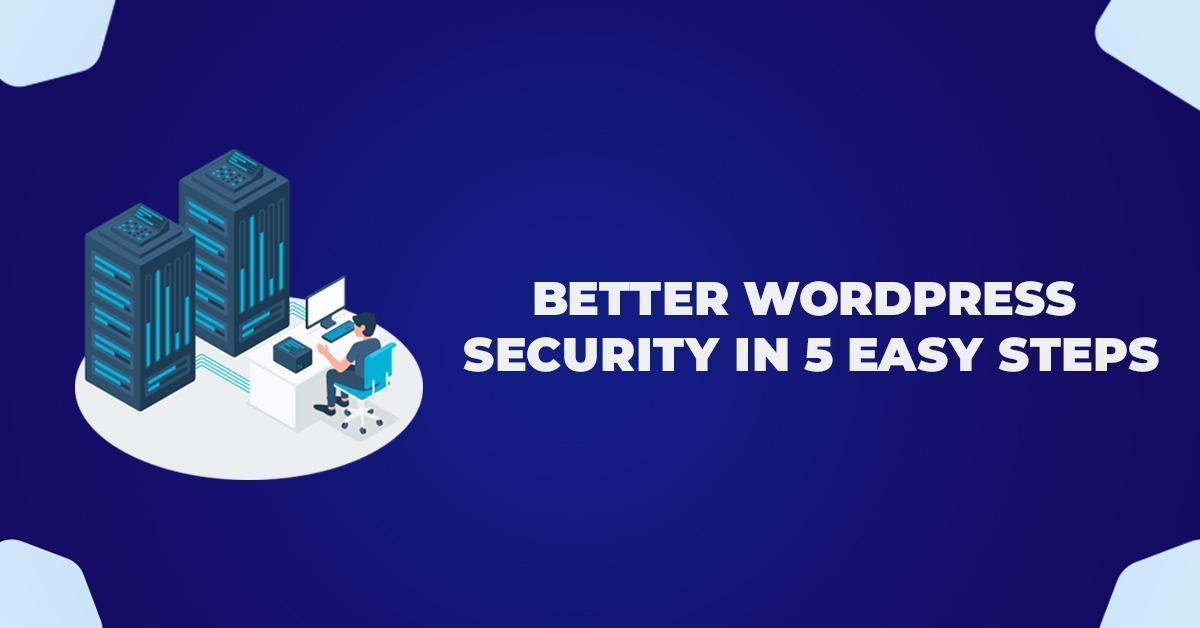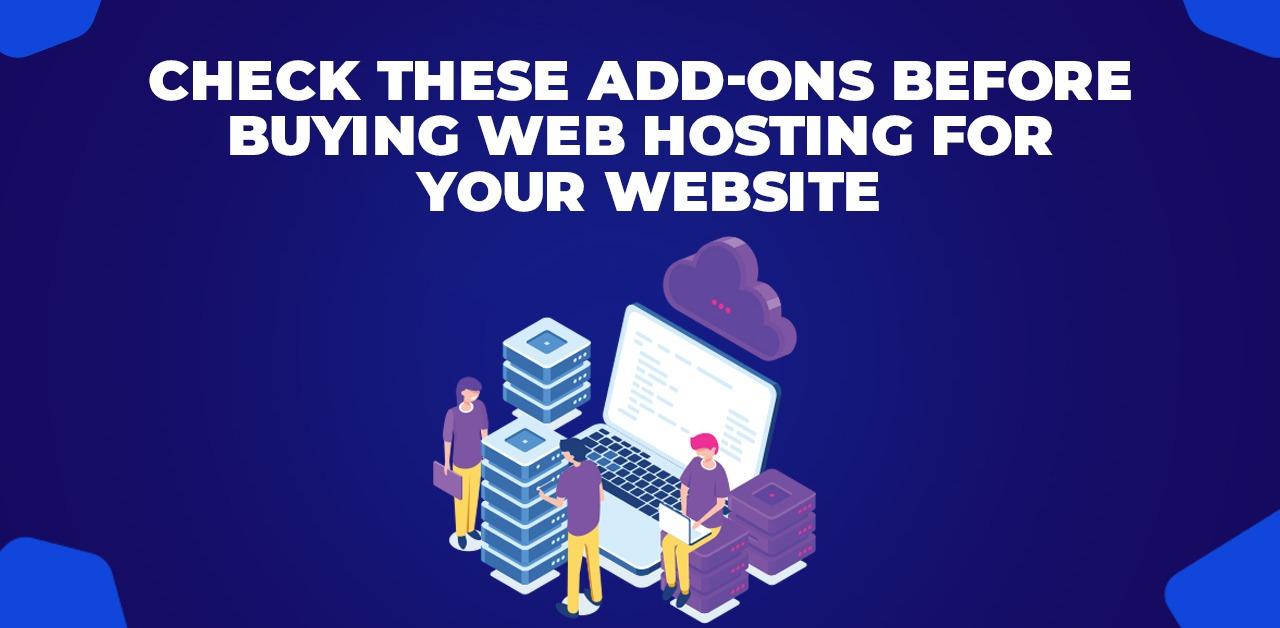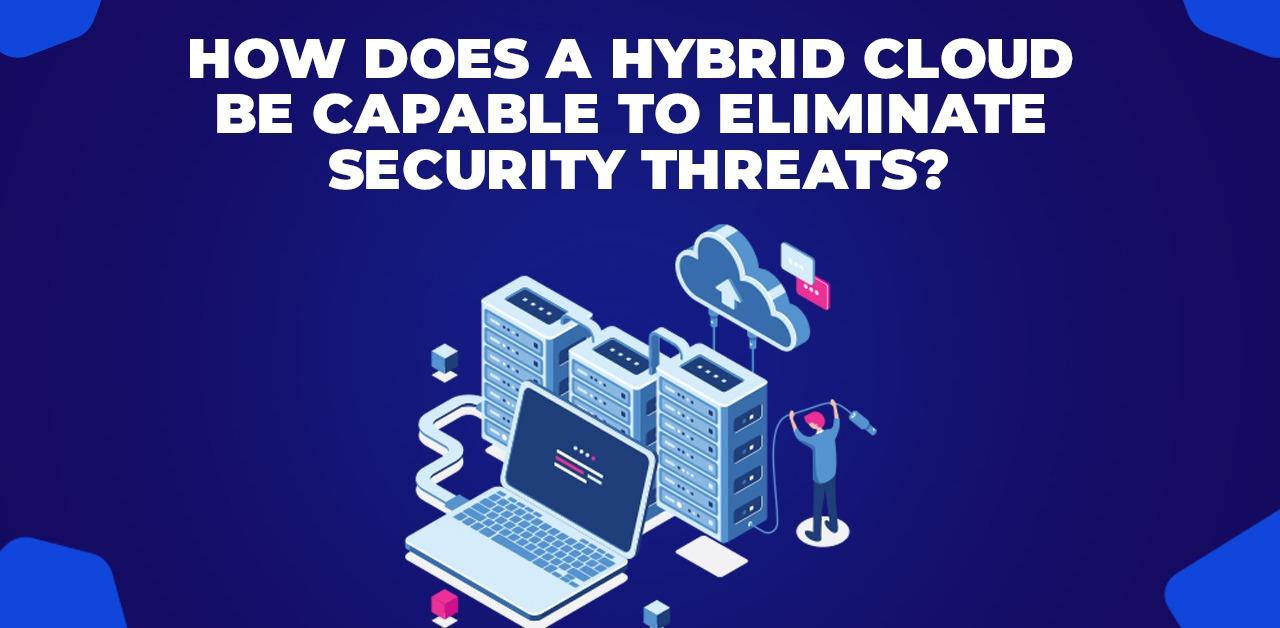Why Security is Critical for Hosting Service Providers Protecting Customer Data and Reputation
Web hosting has become an essential aspect of the modern-day digital world. With millions of websites hosted on various servers across the globe, the need for safe and secure hosting has become more critical than ever. As such, hosting service providers, including the best web hosting services in USA, are responsible for ensuring that their client’s websites are hosted securely and free from cyber threats. The internet has revolutionized how we do business, communicate, and interact with the world around us.
However, the convenience that it provides comes with a significant cost in terms of cybersecurity threats. This is why it is crucial to choose the best hosting provider in USA that emphasizes the importance of security.
In this article, we will explore the importance of security for hosting service providers, why it is critical for the best hosting provider in USA, and what steps can be taken to enhance security.
Various Security Measures To Protect Customer Data And Reputation
- Protecting Customer Data
One of the most crucial aspects of web hosting is the protection of customer data. Hosting service providers are responsible for storing vast amounts of sensitive information, including personal information such as names, addresses, and credit card details. Any unauthorized access to this information can lead to severe consequences, including identity theft and financial losses. To protect customer data, hosting service providers need to implement robust security measures. These measures can include encryption of sensitive data, regular security audits, and the use of firewalls to prevent unauthorized access. By doing so, hosting service providers can ensure that their client’s data is safe and secure, protecting them from cyber threats.
Another critical measure for protecting customer data is access control. Hosting service providers need to ensure that only authorized personnel have access to sensitive data. This can involve implementing role-based access control and regularly reviewing and updating user privileges. By limiting access to sensitive data, hosting service providers can reduce the risk of data breaches and insider threats.
Furthermore, hosting service providers need to comply with various data protection regulations, including GDPR, HIPAA, and PCI DSS. These regulations specify stringent requirements for the collection, processing, and storage of customer data, and failure to comply can lead to severe legal and financial penalties. By complying with these regulations, hosting service providers can ensure that their client’s data is protected and avoid any legal and financial repercussions.
- Protecting Reputation
In addition to protecting customer data, hosting service providers also need to protect their reputations. A data breach or other cyber-attack can have a significant impact on a hosting service provider’s reputation. This impact can include loss of customers, damage to brand image, and legal liabilities.
Another crucial aspect of protecting reputation is transparency. Hosting service providers need to communicate openly with their customers about the security measures in place and any security incidents that may occur. This can involve providing regular security updates and promptly notifying customers in the event of a data breach or other security incident. By being transparent, hosting service providers can build trust with their customers and minimize the impact of any security incidents on their reputation.
To prevent such events from occurring, hosting service providers need to implement a comprehensive security strategy. This strategy can include regular security audits, implementing the latest security technologies, and training staff on cybersecurity best practices. By taking such steps, hosting service providers can ensure that they are well-prepared to handle any security threats that may arise, protecting their reputation in the process.
Hosting service providers also need to stay up-to-date with emerging threats and security trends. Cyber threats are constantly evolving, and hosting service providers need to be proactive in their approach to security. This can involve regularly reviewing and updating security policies, implementing new security technologies, and staying informed about emerging threats. By staying ahead of emerging threats, hosting service providers can reduce the risk of security incidents and maintain their reputation as trusted providers of web hosting services.
- Compliance
Hosting service providers also need to comply with various regulations and standards. For example, the General Data Protection Regulation (GDPR) requires hosting service providers to take measures to protect the personal data of European Union citizens. Similarly, the Payment Card Industry Data Security Standard (PCI DSS) requires hosting service providers to implement specific security measures to protect credit card data.
Compliance with these regulations is critical, as failure to do so can result in legal liabilities and other penalties. Hosting service providers need to ensure that they are aware of the regulations that apply to them and take appropriate measures to comply with them.
Compliance with regulations and standards can also benefit hosting service providers by building trust with customers. Compliance demonstrates a commitment to security and privacy, which can reassure customers that their data is safe and secure. Compliance can also open up new markets and opportunities, as customers increasingly seek out hosting service providers that comply with industry standards and regulations.
To achieve compliance, hosting service providers need to implement appropriate security controls and processes. This can involve conducting regular security assessments, implementing access controls, monitoring network traffic, and encrypting sensitive data. It is also essential to have policies and procedures in place for incident response and disaster recovery, as well as regular training for staff on security best practices.
Hosting service providers can also benefit from working with third-party auditors and assessors to validate compliance. Third-party auditors can provide an independent assessment of security controls and processes, helping to identify areas for improvement and ensuring that compliance requirements are met. Certification from third-party assessors can also serve as evidence of compliance and help build trust with customers.
- Emerging Threats
The threat landscape is constantly evolving, and hosting service providers need to stay up-to-date with the latest threats. Cybercriminals are continually developing new tactics and techniques to exploit vulnerabilities in systems and gain unauthorized access to sensitive data.
One of the emerging threats that hosting service providers need to be aware of is the rise of ransomware attacks. Ransomware is a type of malware that encrypts data and demands payment in exchange for the decryption key. This type of attack can have severe consequences for hosting service providers and their clients, as it can result in the loss of critical data and financial losses.
Another emerging threat is the use of artificial intelligence (AI) and machine learning (ML) by cyber criminals. AI and ML can be used to automate attacks, making them more effective and harder to detect. Hosting service providers need to implement advanced security measures to defend against AI and ML-based attacks, such as implementing anomaly detection systems and machine learning-based threat intelligence.
As such, hosting service providers need to be proactive in identifying and mitigating emerging threats. This can involve investing in the latest security technologies, regular security audits, and staff training on cybersecurity best practices. By doing so, hosting service providers can stay ahead of emerging threats and protect their client’s data from new and evolving cyber threats.
Finally, hosting service providers also need to be aware of the threat posed by supply chain attacks. Supply chain attacks involve targeting third-party vendors or suppliers to gain access to their systems and then using that access to attack their clients. Hosting service providers need to ensure that their vendors and suppliers have appropriate security controls and measures in place to protect against supply chain attacks.
- Disaster Recovery and Business Continuity
Hosting service providers need to have a comprehensive disaster recovery and business continuity plan in place to ensure that their services can continue to operate in the event of a security incident or other disruption. This plan should include regular data backups, redundancy in infrastructure and services, and procedures for restoring services in the event of an outage. By having a solid disaster recovery and business continuity plan, hosting service providers can minimize downtime and quickly recover from any security incidents.
In addition to the technical aspects of disaster recovery and business continuity, hosting service providers also need to consider the impact of a security incident on their customers. Communication is essential during a crisis, and hosting service providers need to have clear communication channels in place to keep their clients informed about any disruptions to their services.
Hosting service providers should also provide their customers with guidance on how to prepare for potential disruptions and what steps they should take if they are impacted by a security incident. By being transparent and proactive in their communication, hosting service providers can help to build trust with their customers and minimize the impact of any security incidents.
- Multi-factor Authentication
Multi-factor authentication (MFA) is a security measure that requires users to provide two or more forms of authentication before accessing a system or service. MFA can significantly improve the security of hosting service providers, as it makes it much harder for attackers to gain unauthorized access to systems and services. Hosting service providers should consider implementing MFA for their administrative interfaces and other sensitive systems and services.
One of the primary benefits of MFA is that it adds an additional layer of security beyond traditional username and password combinations. This is important because passwords can be easily compromised through various means, including phishing attacks, brute force attacks, and password spraying. With MFA, even if an attacker manages to obtain a user’s password, they would still need to provide additional forms of authentication to gain access to the system or service.
MFA can also help to host service providers comply with various regulations and standards. For example, the National Institute of Standards and Technology (NIST) recommends the use of MFA as a way to strengthen authentication and protect against unauthorized access. By implementing MFA, hosting service providers can demonstrate that they are taking appropriate measures to protect their systems and services.
- Security Incident Response
Hosting service providers should also have a comprehensive security incident response plan in place. This plan should include procedures for detecting, analyzing, and responding to security incidents, as well as clear communication channels with clients and other stakeholders. By having a well-defined security incident response plan, hosting service providers can minimize the impact of security incidents and quickly recover from them.
The security incident response plan should also include regular testing and updating to ensure that it remains effective and relevant. Regular testing of the plan can help identify any weaknesses or gaps in the plan and allow for necessary improvements to be made. Additionally, hosting service providers should have designated staff responsible for handling security incidents and ensuring that the incident response plan is followed.
Effective communication is also critical in the event of a security incident. Hosting service providers should have clear communication channels with their clients, stakeholders, and regulatory bodies. This communication should include timely and transparent updates on the incident, the steps being taken to address it, and any potential impacts on clients and services.
- Regular Security Audits
Regular security audits are critical for ensuring that hosting service providers are up-to-date with the latest security threats and have appropriate security measures in place. Security audits can help identify vulnerabilities in systems and services, assess compliance with regulations and standards, and recommend improvements to security practices. Hosting service providers should consider conducting regular security audits and implementing the recommendations provided by auditors.
Security audits typically involve a review of the organization’s security policies and procedures, a review of access controls and user permissions, vulnerability assessments, and penetration testing. The results of security audits can help identify areas of weakness in the organization’s security posture, which can then be addressed with appropriate security measures.
It is essential for hosting service providers to act on the recommendations provided by security auditors promptly. Failure to do so can leave the organization vulnerable to cyber-attacks and may result in legal liabilities and other penalties. By conducting regular security audits and implementing the recommendations provided, hosting service providers can ensure that they are taking appropriate measures to protect their client’s data and their own reputation.
- Staff Training
Hosting service providers need to ensure that their staff is well-trained in cybersecurity best practices. Staff training can include topics such as password management, social engineering, phishing awareness, and incident response procedures. By providing regular staff training, hosting service providers can minimize the risk of human error and improve the overall security posture of their organization.
Moreover, hosting service providers should also ensure that their staff members are up-to-date with the latest security technologies and practices. This can involve providing training on new security tools, implementing policies and procedures for security, and staying up-to-date with the latest security trends and threats.
Furthermore, hosting service providers should conduct regular drills and simulations to test the effectiveness of their staff training and incident response procedures. This can help identify any gaps or weaknesses in the organization’s security posture and allow for adjustments to be made to improve overall security.
Conclusion
Hosting service providers, including the best web hosting services in USA, need to implement a range of security measures to protect customer data and reputation. These measures are critical for the best hosting provider in USA to ensure that their services are secure and reliable. Protecting customer data and reputation is paramount, and compliance with industry standards and regulations is a key component of this.
Emerging threats and disaster recovery and business continuity planning are also essential considerations for the web hosting services. Multi-factor authentication, security incident response, regular security audits, and staff training are additional measures that can help enhance security for hosting service providers. By implementing these measures, hosting provider can provide customers with the confidence they need to trust their business to their hosting service provider.



































